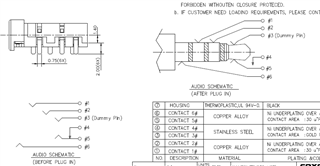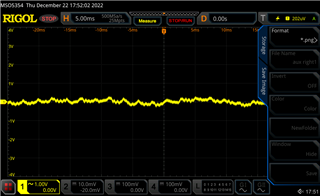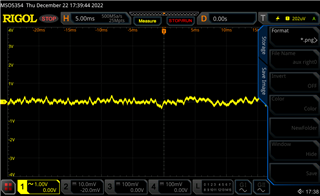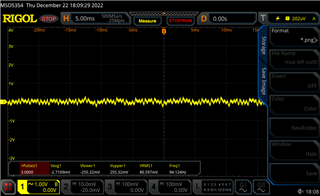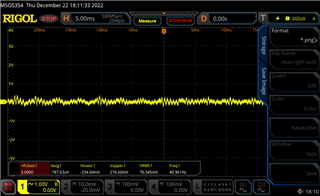Other Parts Discussed in Thread: RC4580
Hi Expert,
Please review the below schematic, we are using TS5A22364-Q1 as audio mux feeding two laptop audio aux signals as shown in image. Those output stereo of selected laptops from mux are going to RC4580 OPAMP.
Question are I didn't get any signal on output side when I plug the aux cable into audio aux connector. Am I doing anything wrong? Where to connect the 1st pin(GDN) of audio connector?



